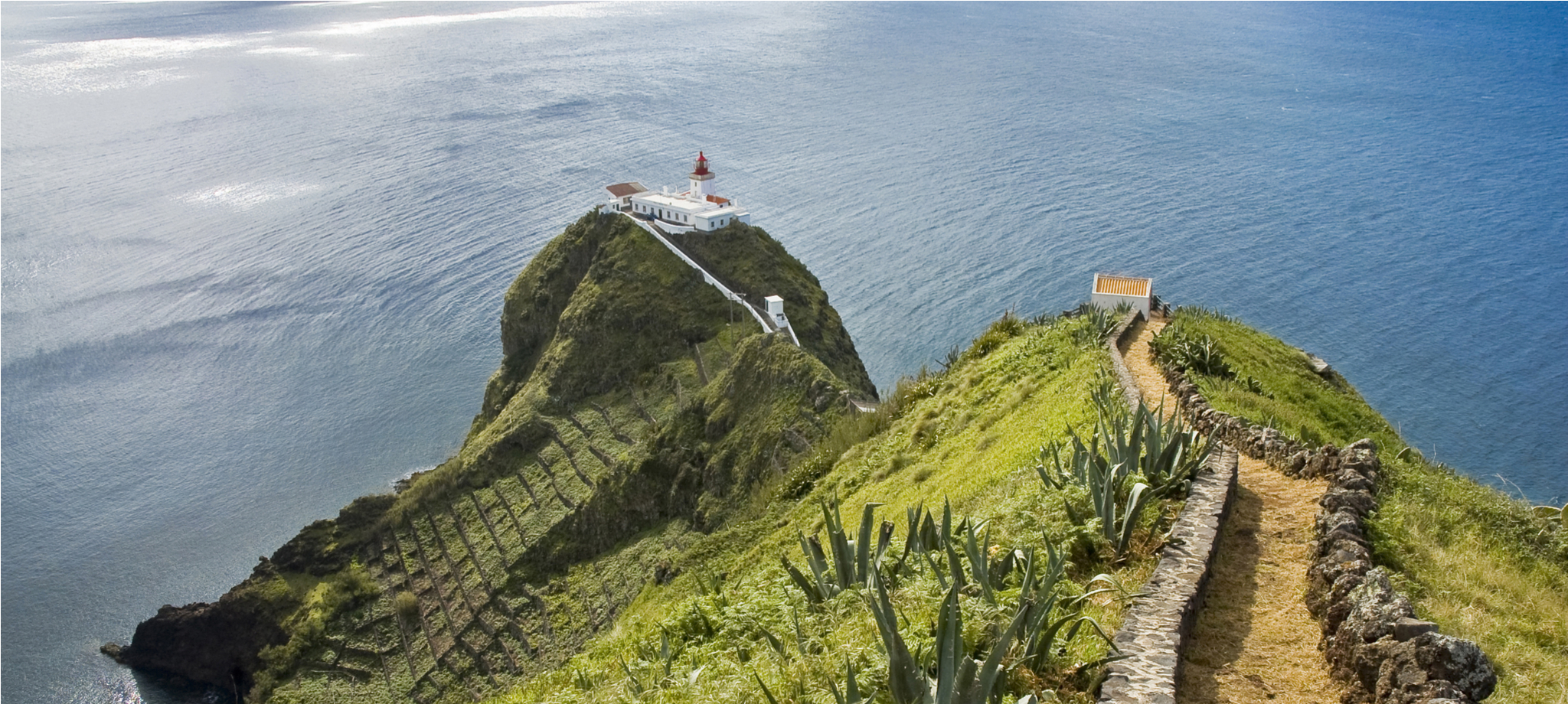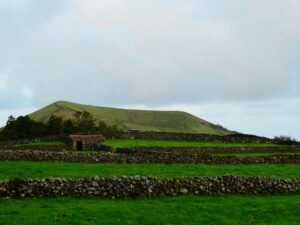The history of Terceira Island: from 15th century until today
Terceira Island, originally known as the Island of Jesus Christ, has a rich history shaped by its strategic Atlantic location. Settlement began around 1450 when Prince Henry the Navigator granted the captaincy to Flemish nobleman Jácome de Bruges. The first communities emerged in Porto Judeu and Praia da Vitória, expanding across the island. Initially, Terceira’s economy was centered on agriculture, especially grain production and the export of woad, a blue dye plant.
How was the evolution of Terceira Island?
15th and 16th centuries: a hub of maritime trade and military conflict
Terceira became an important port during the 15th and 16th centuries, serving as a stop for ships carrying goods from the Americas and trading with India. The island prospered as a trading hub for gold, silver, and spices, attracting French, English, and Flemish corsairs. During the 1580 Portuguese succession crisis, Terceira supported Dom António, Prior of Crato, against King Philip II of Spain. The island resisted Spanish invasion at the Battle of Salga in 1581 but was eventually conquered by a larger Spanish fleet in 1583.
19th century: the liberal wars and terceira’s role
Terceira played a pivotal role in the Liberal Wars (1820–1834) between liberal constitutionalists and absolutists. The island supported the liberal cause and became a key base for their movement after defeating an absolutist landing in Vila da Praia in 1829. In 1832, Terceira was the launch point for the liberal expedition that landed in northern Portugal, leading to the proclamation of the Constitutional Charter.
20th and 21st centuries (modern era): from economic decline to strategic development
In the late 19th and early 20th centuries, Terceira’s influence within the Azores declined. However, the construction of a commercial port at Praia da Vitória and the establishment of Lajes Air Base revitalized the island. Built during World War II, the airbase became a strategic military asset for NATO. On March 16, 2003, the base hosted a meeting between U.S. President George W. Bush, UK Prime Minister Tony Blair, Spanish Prime Minister José María Aznar, and Portuguese Prime Minister José Manuel Barroso to discuss the Iraq invasion.
Terceira Today: A Blend of Tradition and Modernity
Today, Terceira combines historical legacy with modern development. Angra do Heroísmo, the island’s capital, is a UNESCO World Heritage site known for its Renaissance architecture. The island’s festivals, such as the Holy Ghost Festivals and Sanjoaninas, celebrate Terceira’s cultural heritage. Praia da Vitória complements Angra with modern amenities and a popular beach, while Lajes Air Base and the commercial port remain vital economic drivers.
Historical Landmarks and Fortifications
Terceira’s defenses include notable sites like Fortaleza de São João Baptista, which played a role during Spanish occupation and the Liberal Wars. Other well-preserved fortifications, such as Castelo de São Sebastião, showcase the island’s military architecture.
Explore this island and feel this history with the locals! Check out our tour packages.

